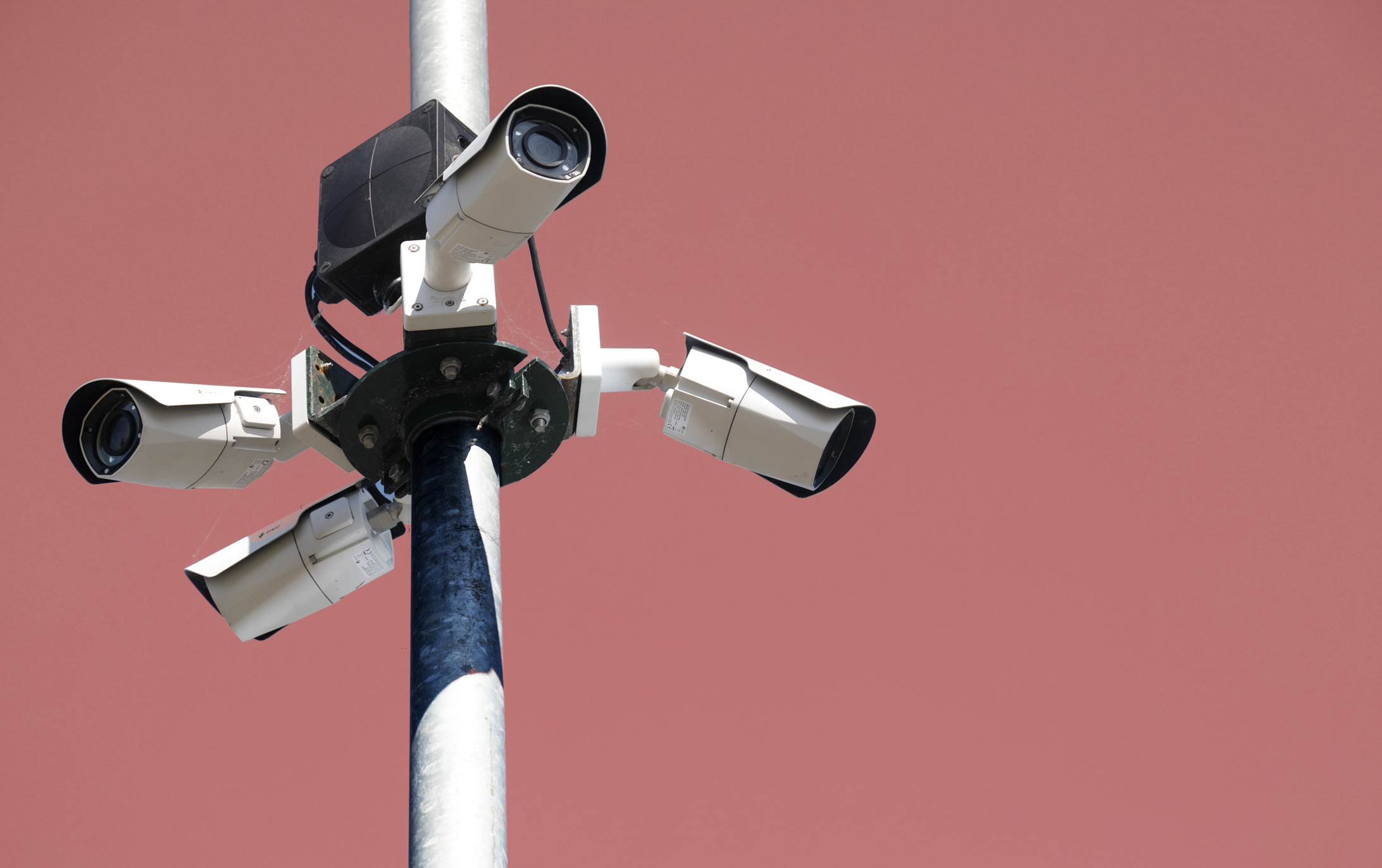Making the most of surveillance video storage
The questions IT decision makers need to ask themselves when rolling out or expanding video surveillance technology

Monitoring and surveillance has come a long way from the days where everything was recorded onto tapes, and thanks to internet-connected cameras and AI-enabled video analysis, now falls squarely into the purview of IT decision makers.
Whether you’re using it for security or a host of other purposes, there are various questions that ITDMs need to be asking when planning new or expanding existing video surveillance systems. A strong understanding of the uses to which you will put your footage is essential to making the right decisions.
A key consideration is the quality of your footage. Higher image quality and frame rates are of course more useful when it comes to analysing the footage you have captured, showing more details and preventing rapid movements from being lost. However, these factors must be balanced with the increased demands they place on storage, which can, if you aren’t careful, lead to rapidly spiralling costs.
ITDMs will need to strike a balance between not exceeding their budget and capturing footage that is fit for purpose. While it may be tempting to limit the frame rates and image quality of your surveillance system to keep costs down, it’s important to resist going too far and finding that, when you need it, your footage is unusable.
Decision makers will also need to set a retention policy that dictates how long footage needs to be retained before it is erased. In certain regions or industries there are legal requirements for how long surveillance footage must be kept, but even when there are no laws dictating how long your organisation needs to keep this data, a retention policy is essential for the proper management of your surveillance system.
Again, this will be heavily influenced by the purposes to which your surveillance footage is going to be put. If you have long-term requirements of the footage, it’s no good if the footage has been deleted before when you go to access it. But a longer retention period will naturally require more storage.
One approach is to set up a multi-tier retention policy to maximise the availability of your footage without having to repeatedly expand your disk capacity. Easily accessible ‘hot cloud’ storage is ideal for reducing on-prem storage requirements while extending retention policies, by offloading footage to the cloud for archiving after a certain period of time. An ideal cloud storage solution is Wasabi’s hot cloud service, a universal, one-size-fits-all object storage hub that serves as an “active” archive by delivering higher performance than the highest tiers of service from most traditional cloud storage providers, but at cold storage prices.
It’s important when deploying a video surveillance system to calculate your storage requirements. This can be a challenge, but there are various online calculators to assist you. A good rule of thumb is that one camera, recording in 1080p resolution at 30 frames per second, stored at medium quality and running for 24hrs a day, will generate roughly 700GB of data per day. Multiply this by the number of cameras you will be operating and that will give you some indication of your needs.
From here you can adjust footage quality and retention policies to match your storage requirements to your budget, finding a balance to ensure that you have the right surveillance footage available at the right quality, whenever you need it.
Sign up today and you will receive a free copy of our Future Focus 2025 report - the leading guidance on AI, cybersecurity and other IT challenges as per 700+ senior executives
ITPro is a global business technology website providing the latest news, analysis, and business insight for IT decision-makers. Whether it's cyber security, cloud computing, IT infrastructure, or business strategy, we aim to equip leaders with the data they need to make informed IT investments.
For regular updates delivered to your inbox and social feeds, be sure to sign up to our daily newsletter and follow on us LinkedIn and Twitter.
-
 Trump's AI executive order could leave US in a 'regulatory vacuum'
Trump's AI executive order could leave US in a 'regulatory vacuum'News Citing a "patchwork of 50 different regulatory regimes" and "ideological bias", President Trump wants rules to be set at a federal level
-
 TPUs: Google's home advantage
TPUs: Google's home advantageITPro Podcast How does TPU v7 stack up against Nvidia's latest chips – and can Google scale AI using only its own supply?
-
 Looking beyond the obvious: What’s best for multi-cloud?
Looking beyond the obvious: What’s best for multi-cloud?Sponsored You’ve got the right strategy in place, but how can you ensure you’re also working with the right partners to move your vision forward?
-
 Disaster recovery in a multi-cloud world
Disaster recovery in a multi-cloud worldSponsored Working with multiple providers could complicate things should the worst happen, but is that really the case?
-
 Four in five companies are overspending on cloud
Four in five companies are overspending on cloudNews The reality doesn't match the theory as cloud costs escalate for confident customers...
-
 Uncovering the hidden costs of cloud migration
Uncovering the hidden costs of cloud migrationIn-depth The benefits of the cloud are in danger of being outweighed by an assortment of hidden costs

